Fixes for common | heater vent problems.
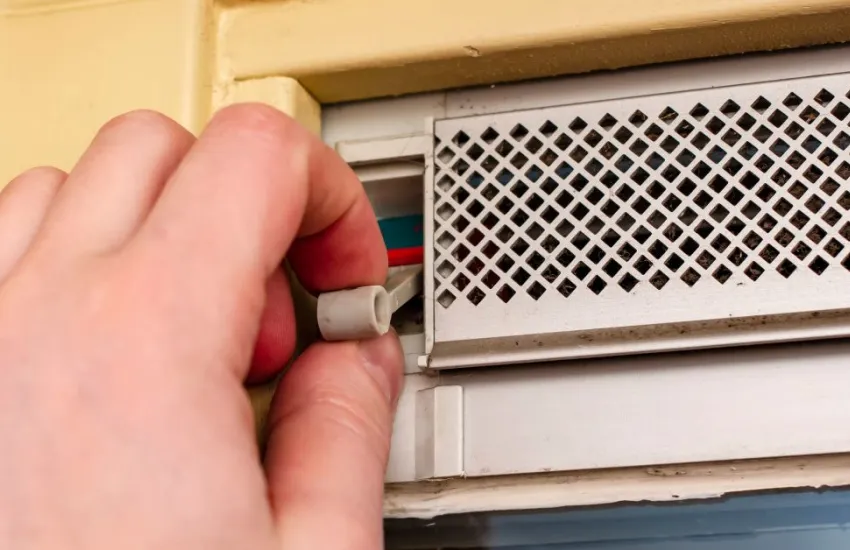
Expert solutions for common heating vent problems. This guide walks you through diagnosing and fixing vent issues, from blocked ducts to uneven airflow. Learn when to tackle repairs yourself and when professional help is needed.
Fixes for common heater vent problems
Proper ventilation is crucial for your heating system’s efficiency and your home’s comfort. When vent problems arise, they can lead to uneven heating, higher energy bills, and potential safety hazards. Let’s explore how to identify and fix common vent issues.
Your fridge is a kitchen superstar as it keeps all your food fresh and drinks cold.
But does the fridge feel warm when you open it?
Is there water all over the floor?
Fridge issues are the worst!
Understanding Your Vent System: The Basics
Your heating system’s ventilation is like your home’s circulatory system:
- Delivers warm air throughout your home
- Removes combustion gases safely
- Maintains proper air pressure
- Affects indoor air quality
- Influences system efficiency
Common Vent Problems: What to Look For
Watch for these telltale signs of vent issues:
- Rooms heating unevenly
- Whistling or rattling sounds
- Excessive dust around vents
- Musty odors when the heat runs
- High energy bills
Blocked Vents: The Silent Efficiency Killer
Obstructed vents can cause major problems:
- Move furniture away from vents
- Check for closed dampers
- Remove visible debris
- Vacuum vent covers regularly
- Ensure curtains don’t block airflow
Leaky Ductwork: Finding and Fixing the Gaps
Duct leaks waste energy and compromise comfort:
- Listen for whistling sounds
- Check for visible gaps
- Look for disconnected joints
- Feel for air leaks
- Watch for excessive dust
Noisy Vents: Silencing the Racket
Don’t ignore those annoying vent noises:
- Tighten loose ductwork
- Check for loose dampers
- Secure rattling vent covers
- Clean debris causing whistling
- Address duct size issues
Poor Airflow: Getting the Balance Right
Improve airflow throughout your home:
- Balance dampers properly
- Clean return air vents
- Replace clogged filters
- Check for duct restrictions
- Verify proper fan operation
Condensation Issues: Preventing Moisture Problems
Keep moisture under control:
- Inspect for water stains
- Check vent pipe slopes
- Look for damaged insulation
- Monitor humidity levels
- Address dripping concerns
Safety Concerns: Know the Red Flags
Some vent problems require immediate attention:
- Carbon monoxide warnings
- Visible rust or corrosion
- Backdrafting at appliances
- Strong musty odors
- Ice formation on vents
DIY Maintenance Tips: Keeping Vents Happy
Regular maintenance prevents problems:
- Vacuum vents monthly
- Check damper operation
- Inspect visible ductwork
- Monitor system performance
- Document any changes
Professional Solutions: When to Call Help
Know when to bring in experts:
- Annual duct cleaning
- Professional sealing services
- Complex balancing issues
- Safety inspections
- Major repairs

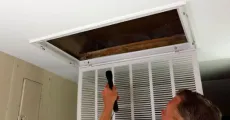
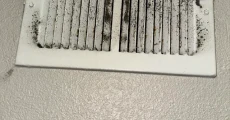
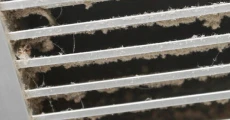
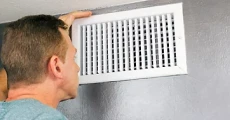
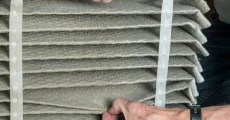
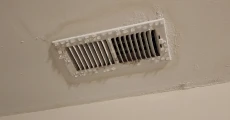

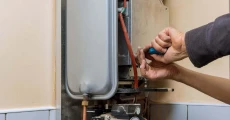
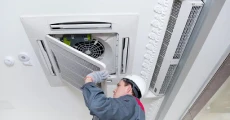
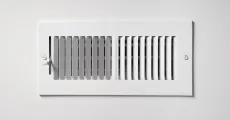
Takeaway
While many vent issues can be resolved with simple DIY solutions, proper maintenance, and timely professional intervention are key to a safe and efficient heating system. Don’t hesitate to contact our experienced team at CLT Appliance Repair when you need expert assistance for heating repair in charlotte nc.
FAQs
Vacuum vent covers monthly and schedules professional duct cleaning every 3-5 years, depending on use and environment.
This often indicates airflow problems, possibly due to blocked vents, duct leaks, or improper damper settings.
Usually caused by airflow restrictions, dirty vents, or loose dampers that need adjustment or cleaning.
No, closing too many vents can create pressure problems and reduce system efficiency. Keep at least 80% of vents open.
Look for excessive dust around vents, visible debris in ducts, or reduced airflow. Also, consider professional inspection if it’s been over 5 years.
Don't let a malfunctioning Heater disrupt your daily life. Contact CLT Appliance Repair today at 704-606-9043 to schedule your Heater repair service.
We'll have your Heater back to optimal performance in no time!
Dryer Repair Charlotte NC | Washing Machine Repair Charlotte NC | Refrigerator Repair Charlotte NC | Microwave Oven Repair Charlotte NC | Freezer Repair Charlotte NC | Dryer Vent Cleaning Charlotte NC | Dishwasher Repair Charlotte NC | Cooktop Repair Charlotte NC | Stove Repair Charlotte NC | Charlotte Ice Maker Repair | Garbage Disposal Repair Charlotte NC | Plumbing Repair Charlotte NC | Water Heater Repair Charlotte NC
Admiral Appliance Repair | Amana Appliance Repair | Bosch Appliance Repair | Electrolux Appliance Repair | Frigidaire Appliance Repair | General Electric Appliance Repair | Haier Appliance Repair | Hotpoint Appliance Repair | Jenn-Air Appliance Repair | Kenmore Appliance Repair | KitchenAid Appliance Repair | LG Appliance Repair | Magic Chef Appliance Repair | Maytag Appliance Repair | Roper Appliance Repair | Samsung Appliance Repair | Speed Queen Appliance Repair | Whirlpool Appliance Repair | Dacor Appliance Repair | Viking Appliance Repair | Thermador Appliance Repair | Sub-Zero Appliance Repair | Wolf Appliance Repair | Monogram Appliance Repair | Bertazonni Appliance Repair | BlueStar Appliance Repair | Thor Appliance Repair | Miele Appliance Repair | Cafe Appliance Repair | GE Appliance Repair
Freezer Repair Indian Land SC | Freezer Repair Indian Trail NC | Freezer Repair Pineville NC | Freezer Repair Rock Hill SC | Freezer Repair Belmont NC | Freezer Repair Matthews NC | Freezer Repair Lancaster SC | Freezer Repair Cornelius NC | Freezer Repair Fort Mill SC | Freezer Repair Concord NC | Freezer Repair Denver NC | Freezer Repair Monroe NC | Freezer Repair Mooresville NC | Freezer Repair Harrisburg NC | Freezer Repair Lake Wylie SC | Freezer Repair Huntersville NC | Freezer Repair Kannapolis NC | Freezer Repair Mint Hill NC | Freezer Repair Waxhaw NC | Freezer Repair Troutman NC | Freezer Repair Davidson NC | Freezer Repair Gastonia NC | Freezer Repair Charlotte NC

